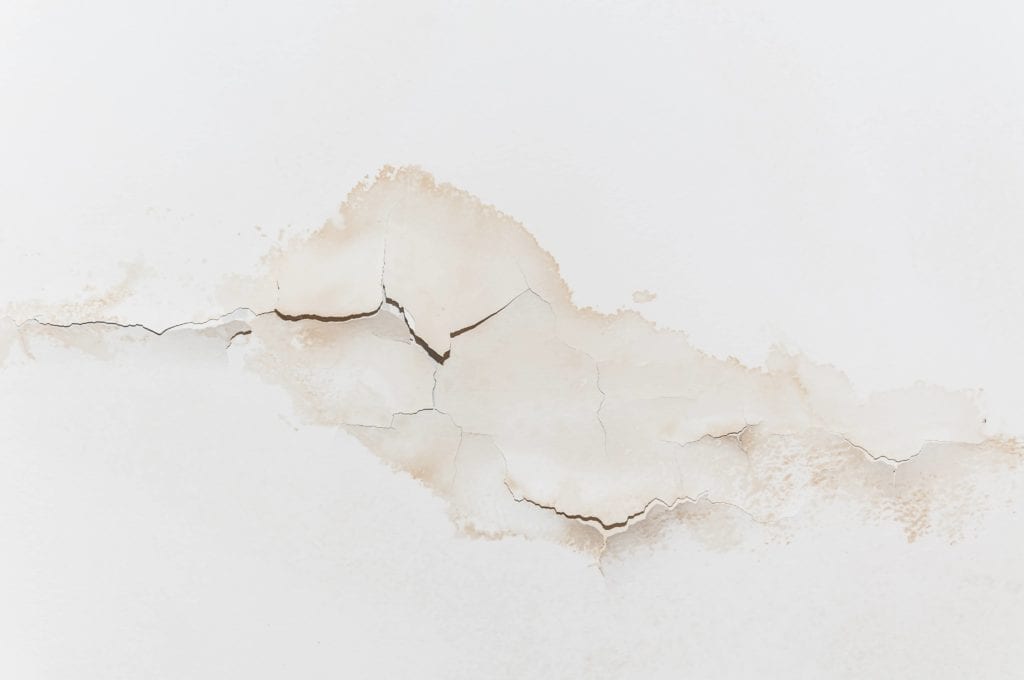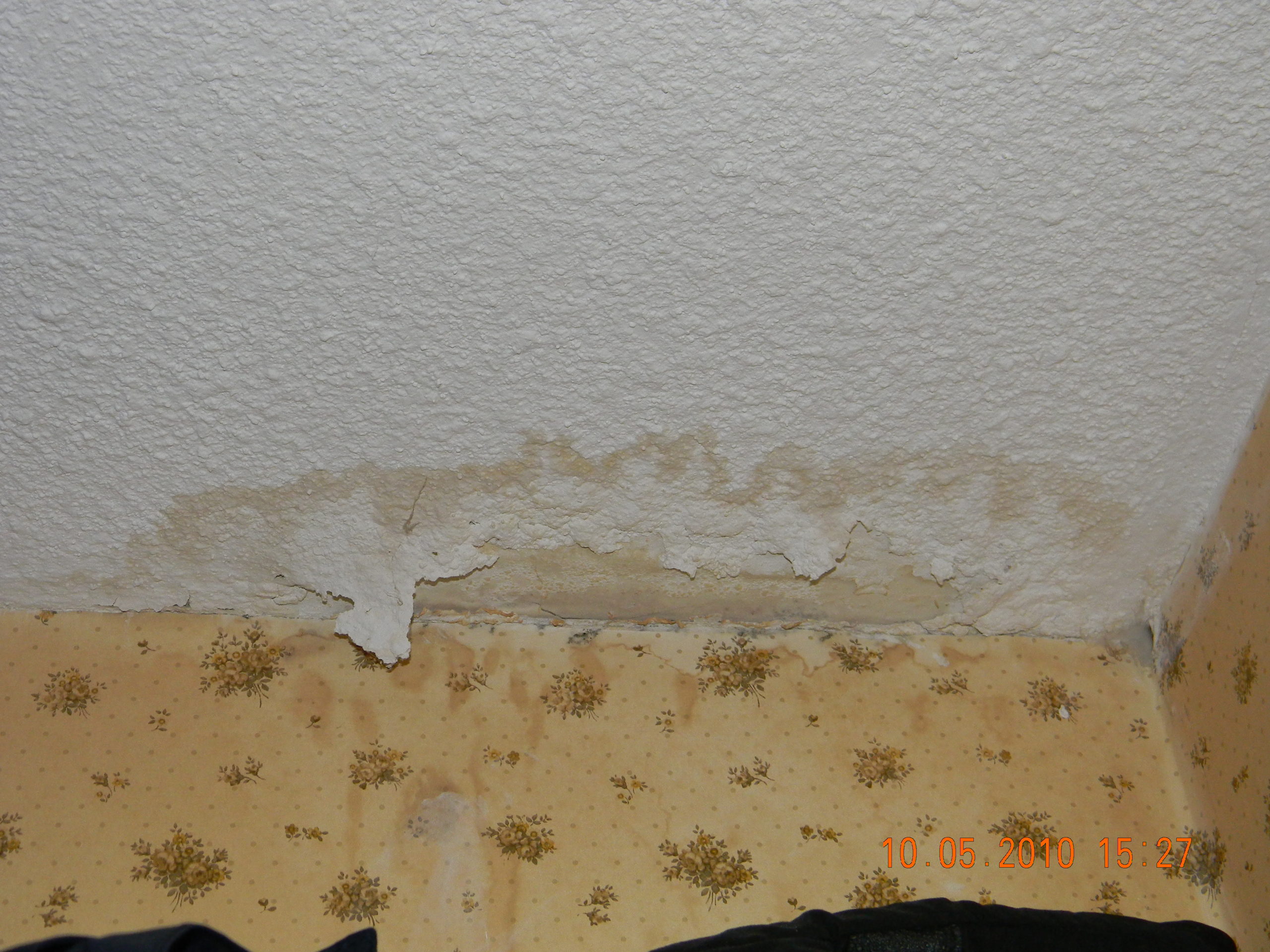Right here in the next paragraph you can discover a bunch of outstanding guidance relating to How to Remove Water Stains from Walls and Ceilings.

Water spots on wall surfaces are not positive to the eyes. Sometimes it seems practically unpreventable to experience water stains on walls in houses.
Home owners living in humid regions regularly deal with the anxiety of water stains on walls. That doesn't have to be the case for you. With accurate and well-rounded info on the root causes of water discolorations and also prompt repair work processes, you will always be a step ahead of such incidents. So, this write-up assures to be a helpful guide for you.
3 Common Causes of Water Stains on Walls
Contrary to popular belief, water discolorations on wall surfaces do not constantly come from bad building materials. There are several causes of water stains on walls. These include:
Poor Drainage
When making a building strategy, it is critical to make certain sufficient water drainage. This will certainly stop water from seeping into the wall surfaces. Where the drain system is clogged or nonexistent, below ground dampness accumulates. This web links to excessive moisture that you notice on the wall surfaces of your building.
So, the leading cause of damp wall surfaces, in this case, can be an inadequate drainage system. It can also result from poor monitoring of sewage pipelines that run through the structure.
Damp
When hot wet air consults with completely dry cold air, it triggers water droplets to form on the wall surfaces of structures. This happens in restrooms and also kitchens when there is vapor from cooking or showers. The water beads can tarnish the surrounding walls in these parts of your residence and infect various other locations.
Moist or condensation impacts the roof covering and also wall surfaces of buildings. When the wall is wet, it produces an appropriate setting for the development of germs and also fungi.
Pipe Leaks
Most homes have a network of water pipes within the walls. It always enhances the feasibility of such pipelines, as there is little oxygen within the wall surfaces.
Yet, a drawback to this is that water leak impacts the wall surfaces of the building as well as triggers extensive damage. A telltale sign of faulty pipes is the look of a water tarnish on the wall surface.
Water Discolorations on Wall Surface: Repair Service Tips
House owners would normally want a quick fix when handling water spots. Yet, they would certainly soon realize this is counterproductive as the water discolorations reoccur. So, below are a few valuable tips that will direct you in the repair service of water discolorations on wall surfaces:
Pro Tip
A houseplant in your house likewise enhances its humidity. So, if your house is currently damp, you may intend to present houseplants with minimal transpiration. An example of suitable houseplants is succulents.
Verdict
Although no person intends to have water discolorations on walls in their house, it can occur to the best of us. This article offers you utilize, as you now know just how to manage this accident if it does happen.
It is constantly best to recruit specialist services to assist repair the problems in your home.
Occasionally it seems nearly unavoidable to experience water discolorations on walls in residences.
Contrary to preferred belief, water discolorations on walls do not constantly stem from inadequate building materials. There are numerous reasons of water stains on wall surfaces. The water beads can discolor the bordering walls in these parts of your house and also spread to other areas.
Below are a couple of useful ideas that will assist you in the fixing of water stains on walls:
CHECKING FOR WATER DAMAGE
Water damage can be costly, and it may begin before you even notice the first signs of trouble. Water damage can cause mold and mildew in your walls and floors, which can create an abundance of health concerns for your family. It can also lead to costly repairs of various appliances and general home fixtures. To avoid the pricey consequences of water damage, here are Warner Service s top 5 places you should check:
The walls The easiest place to spot the beginnings of water damage is on the walls and ceilings of your home. If water damage is present, there will most likely be water stains, especially around the windows and doorframes, and/or cracks in the drywall. If a stain looks unusual (discolored to brown, black or gray, raised texture), has a swollen appearance or is soft to the touch, contact a professional immediately. The pipes To avoid water damage, consistently check the pipes in your kitchen (especially the dishwasher and ice maker), bathrooms, laundry room (specifically washing machines) and basement for corrosion, leaks and water stains. Pay special attention to where the pipes connect in your home and the location of caulking around the bathroom fixtures, including toilets, sinks, showers and tubs. Missing or loose caulking and grout could be signs of leaking water. This seepage can also quickly cause mold and rust, so double check your water heater and tank for wet spots on the floor. The floor Water damage is very easy to spot on the floor. Look for any warping or buckling of the material, especially in the basement. If your home has wood flooring, look for bright white or dark stains. If your home has carpeting, keep it dry and clean. A damp carpet that smells of mold could cause water damage and health problems. To avoid this, consider installing floor pans under your appliances to help prevent damages from small, slow and undetected leaks. The basement and attic If your basement or attic smells odd check for mold and mildew around the area, especially the valley where the roof meets. While you are inspecting those areas, check for wall cracks, floor stains, rust and dampness in the insulation. If you live in a colder and/or rainier climate, perform routine checks for water damage from melting snow or ice and rain. The exterior Check the roof for damaged flashing and missing, cracked or curled shingles. There should also be no standing water anywhere outside your home. This could be caused by puddles, leaky rain gutters or hoses, poor drainage, or short gutter spouts. Invest in a sump pump system or water flow monitoring system, and perform routine maintenance on these outdoor appliances to avoid indoor water damage.

We hope you liked our section about . Thanks a lot for taking time to read our piece. For those who liked our blog entry please remember to share it. We appreciate reading our article about How to Find and Repair Water Leaking in the Wall.
Set Up An Appointment